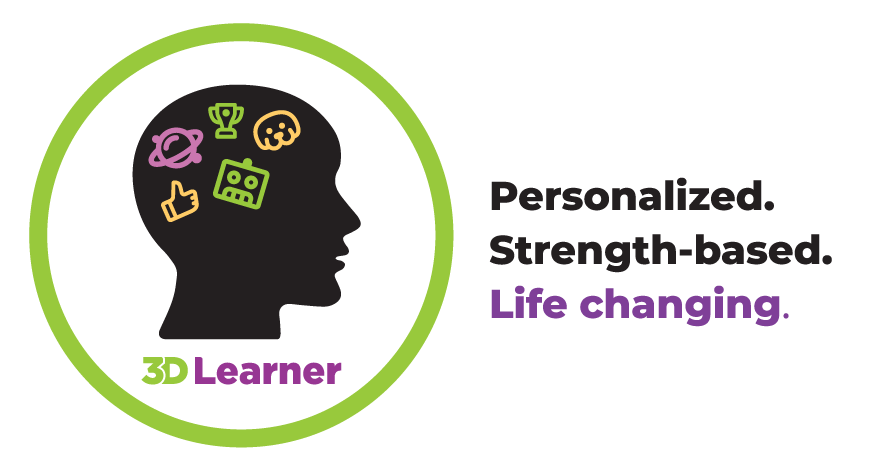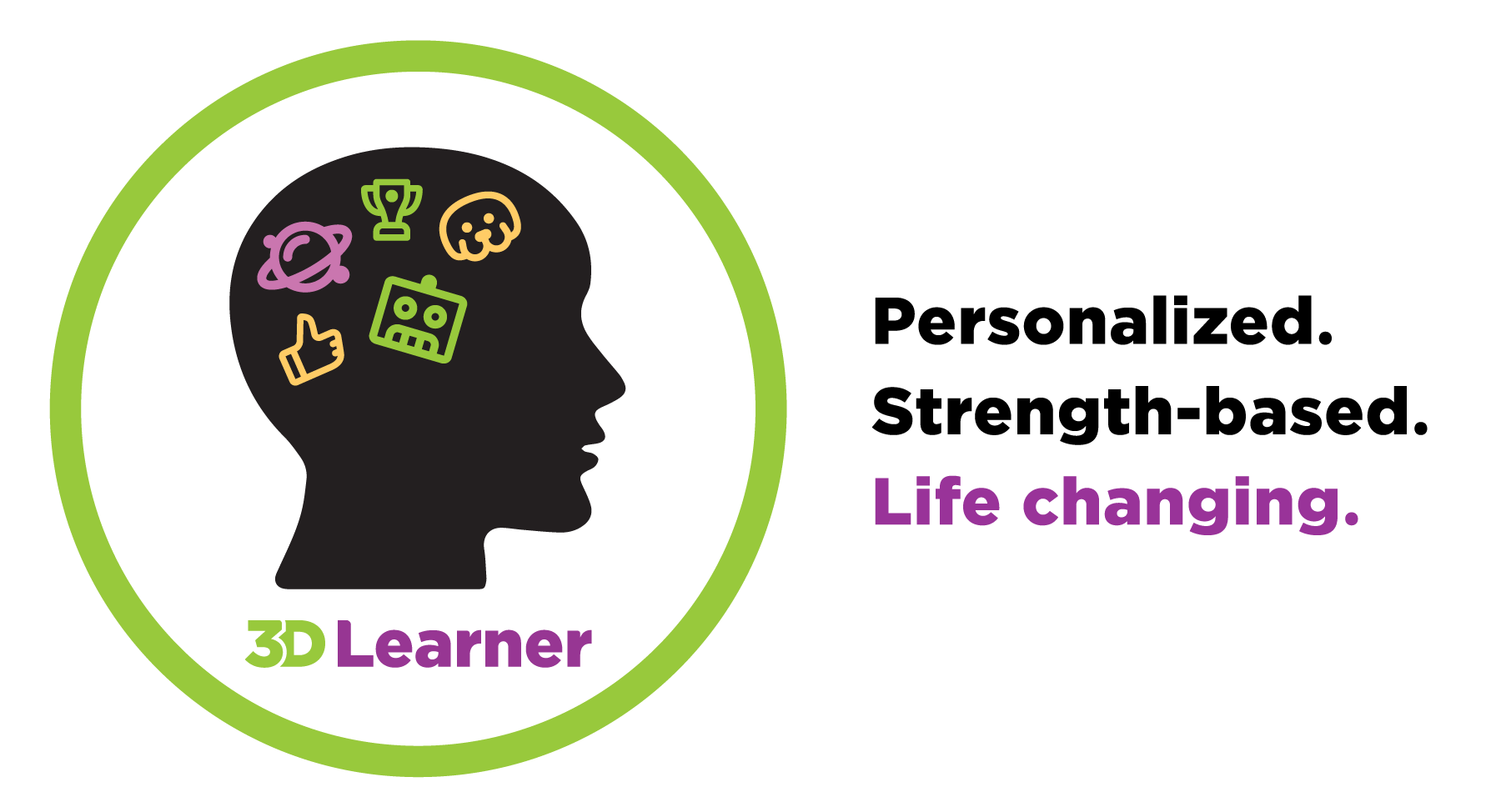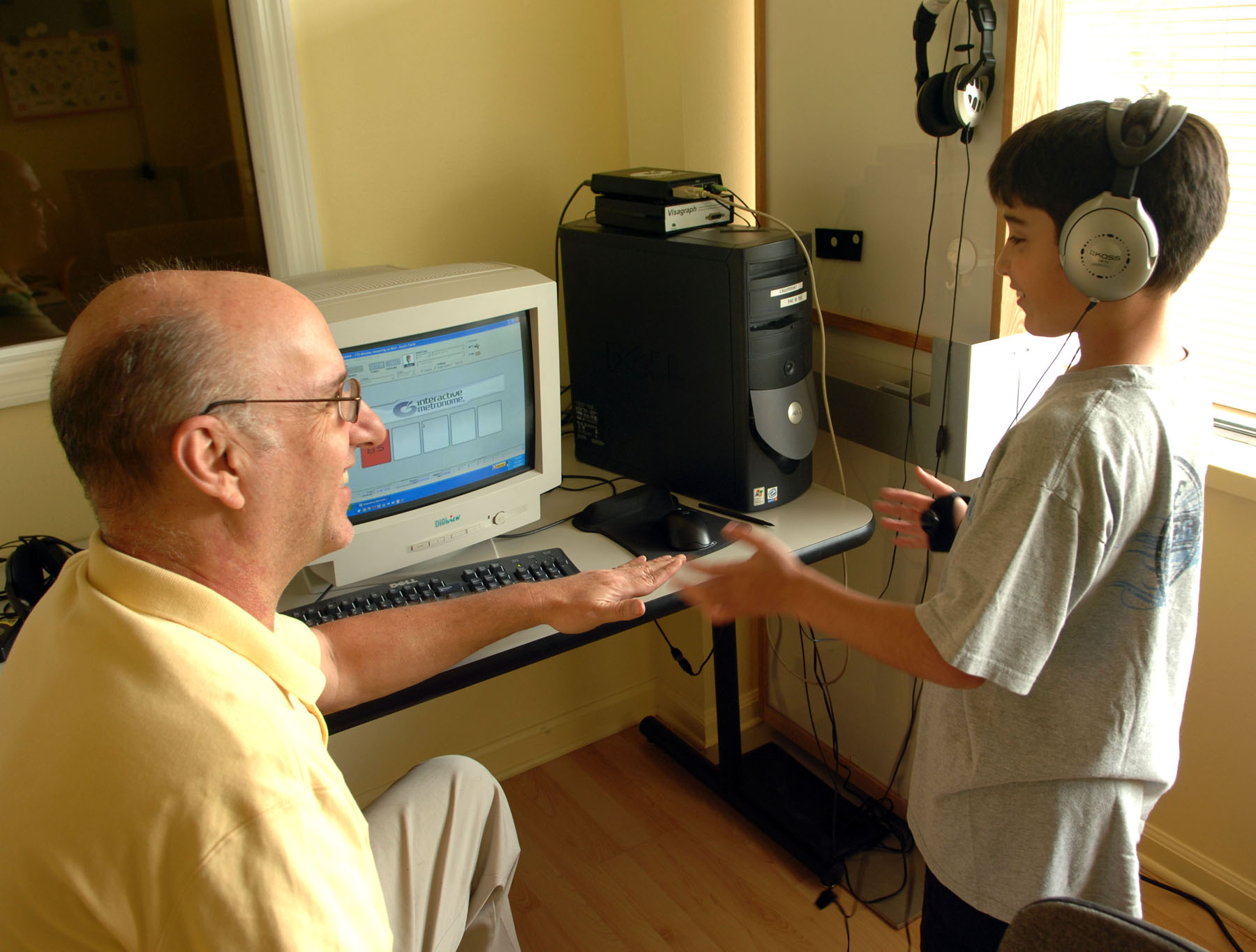Many of our students either have ADHD or struggle with attention, hyperactivity and/or impulisivity. Our parents were often looking for a solution that either eliminated the need for medication and/or allowed their physician to lower dosages based on improved attention.
The Interactive Metronome ® is an excellent tool to improve attention and reduce both hyperactivity and impulsive behavior.
At 3D Learner, we have been using the Interactive Metronome for over 23 years, as an integral part of our core 3D Learner Program ® and as a part of our Brain Training Program ®.
Benefits of the Interactive Metronome
The Interactive Metronome (IM) is a therapy program that utilizes a computerized metronome to improve timing, rhythm, and coordination. Benefits from the interactive metronome include:
Improved attention and concentration: The Interactive Metronome program requires children to focus their attention on the metronome’s beat and synchronize their movements accordingly. By practicing sustained attention and concentration, children may experience improvements in their ability to stay focused and on-task, which can be beneficial for academic performance.
Enhanced motor coordination: The precise timing and rhythmic movements involved in IM exercises can help improve motor coordination skills. This can be particularly beneficial for school-aged children who struggle with activities that require fine motor skills, such as handwriting or using scissors.
Increased cognitive processing speed: Regular practice with the Interactive Metronome may help enhance cognitive processing speed, as it involves the integration of sensory information, motor planning, and response timing. Improved processing speed can positively impact academic tasks that require quick thinking and mental agility.
Enhanced language and reading skills: Rhythm and timing exercises have been associated with improvements in language and reading skills. The rhythmic nature of the IM program may facilitate auditory processing and phonological awareness, which are essential for language development and reading acquisition.
Improved self-regulation and impulse control: The Interactive Metronome requires children to regulate their movements and respond to the metronome’s beat accurately. This practice of self-regulation can potentially generalize to other areas of a child’s life, helping them develop better impulse control and self-management skills in the classroom and social settings.
Increased confidence and self-esteem: As children progress in their timing and coordination skills through our Interactive Metronome training, they may experience a boost in confidence and self-esteem. This newfound confidence can positively impact their overall well-being and academic performance.
Note, initially the program could only be done in person. With the introduction of their home unit and Zoom, the Interactive Metronome can now be done at home with us training remotely.
It is important to note that results can vary significantly depending on the provider. We have had clients who initially did the Interactive Metronome training at another location and then came to us. As one dad said, “I saw no change with the initial training, but with yours my son’s attention improved significantly, homework time decreased from 2.5 hours to under an hour and his baseball skills improved dramatically.
A Quick Story About the Origins of the Interactive Metronome with a Twist
Jim Cassily was trying to mix music. Two of his musicians were playing too fast and one was behind the beat. His college professor had told him to match the beat. He now had a personal computer and used a computer generated sound and a trigger, to get all three musicians to match the beat. He had a neighbor whose son had a prosthesis below the knee and could not walk without a walker. Jim told dad that with the Interactive Metronome, he thought there was a good chance he could help Jimmy walk. A few weeks later his son walked on his own. Dad liked it so much he bought the company. In early September the company announced they were making the product available to providers. We became a provider the next day.
A year later, Jim Cassily called us and asked why our results were so much better than any of their other 507 providers. We explained we integrated the Interactive Metronome into our learning program.. We also shared that we set goals for the student and showed the student’s how to achieve excellent results.
I asked Jim where he got his musical training. He said he graduated from Western Michigan. I asked Jim if he knew Julius Stulberg. He said, you mean Professor Julius Stulberg. I said yes. Jim said Professor Stulberg was his music teacher for four years, his orchestra director and his mentor. He said Professor Stulberg changed my life and was the inspiration behind the product. He then asked, “Professor Stulberg died 25 years ago, how did you know him?”. I explained that Professor Stulberg was my wife’s father. He commented that that explained everything and that Professor Stulberg cared about him as both a musician and a person, and apparently we brought that same caring attitude to our students.
We have seen significant benefits for improved attention, self-control, handwriting, sports, music and dancing skills.
If you would like to discuss how the Interactive Metronome can help your child or your students, you can either:
– Call us at 561-361-7495 or
– Click here to schedule a Learn More About the Interactive Metronome conversation.





